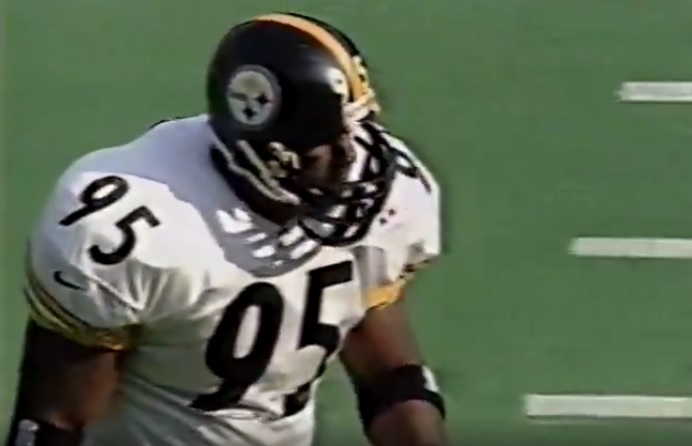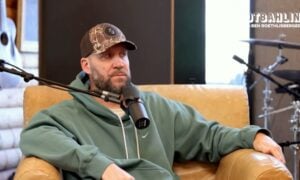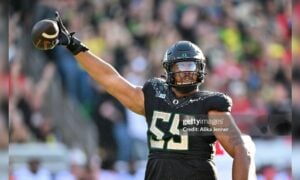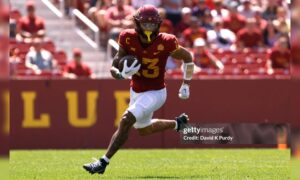There was a period in the NFL, once upon a time, during which the Pittsburgh Steelers played such a relatively rare style of defense that they were able to regularly find quality pieces along the front seven in the late rounds.
The 3-4 defense was out of fashion for a while. Combine that with the fact that he played at an HBCU, Fort Valley State, and you get the biggest pieces of the puzzle explaining why a five-time Pro Bowler like Greg Lloyd was available in the sixth round of the 1988 NFL Draft.
A non-Combine invitee, he did participate in the Heritage Bowl, regarded as something of an HBCU All-Star game. Steelers scout Tom Donahoe was the first person to fly out and put him through a workout, and they ended up being the ones to draft him. In the end, though, he didn’t mind being overlooked as he was.
“It wasn’t so much the chip, it was that I had the stats coming out of college to be, if I was at one of those college, as first-round draft choice”, he told Stan Savran when explaining his feelings about not being valued highly in the draft process. “But because of where I went to college, everybody said, ‘Well, we’re gonna me him a sixth-round” draft choice”.
“It was cool, because it gave me the opportunity to really progress. There was no pressure [to] play right away. It was like, ‘Oh, this guy can play, so we kind of got a steal here” ’, he went on. “I was comfortable where I was, but I played with a chip because I thought that where I went to school, people didn’t respect that, and so every time you lined up, not just in the game, but in practice, you’ve got to show people that, where I come from, this is how we do things”.
Lloyd was a three-time All-Conference performer for Fort Valley State, and won the conference’s Defensive Player of the Year Award as a senior. But dozens of linebackers would be drafted ahead of where he was finally taken with the 150th pick—an underrated draft class that also brought the team Rod Woodson (of course) as well as Hardy Nickerson and Merril Hoge. Not to mention the underrated Thomas Everett.
Drafting players from smaller schools is always a challenge, though, because it’s rarely a clean projection that his talents will translate to the next level—which is arguably two levels up. Still, some talent shines through, and the Steelers do take their chances, like with Alex Highsmith in 2020 and Javon Hargrave in 2016, both third-round picks. They both proved they belong immediately, which is generally when you know whether or not you do—as Lloyd figured out himself.
“I found out when I got into the league that everybody was kind of like, ‘Here I am, I got drafted in the sixth round, so I’m here with Penn and Colorado and Nebraska and all those guys, and I’m really not impressed’”, he said.
“I’m not impressed because at the end of the day, he has to outwork me. He has the same gear I have, but he has to outwork me, and where I came from, I’m just not going to let someone outwork me. I was always taught that I had to be better”.
While you obviously need talent to excel at this level, there is no substitute for hard work, and there never will be. That’s routinely what separates the good from the great, and there was unquestionably a period of time in which Lloyd was one of the greats. That period of time could have lasted longer if his health also did.








